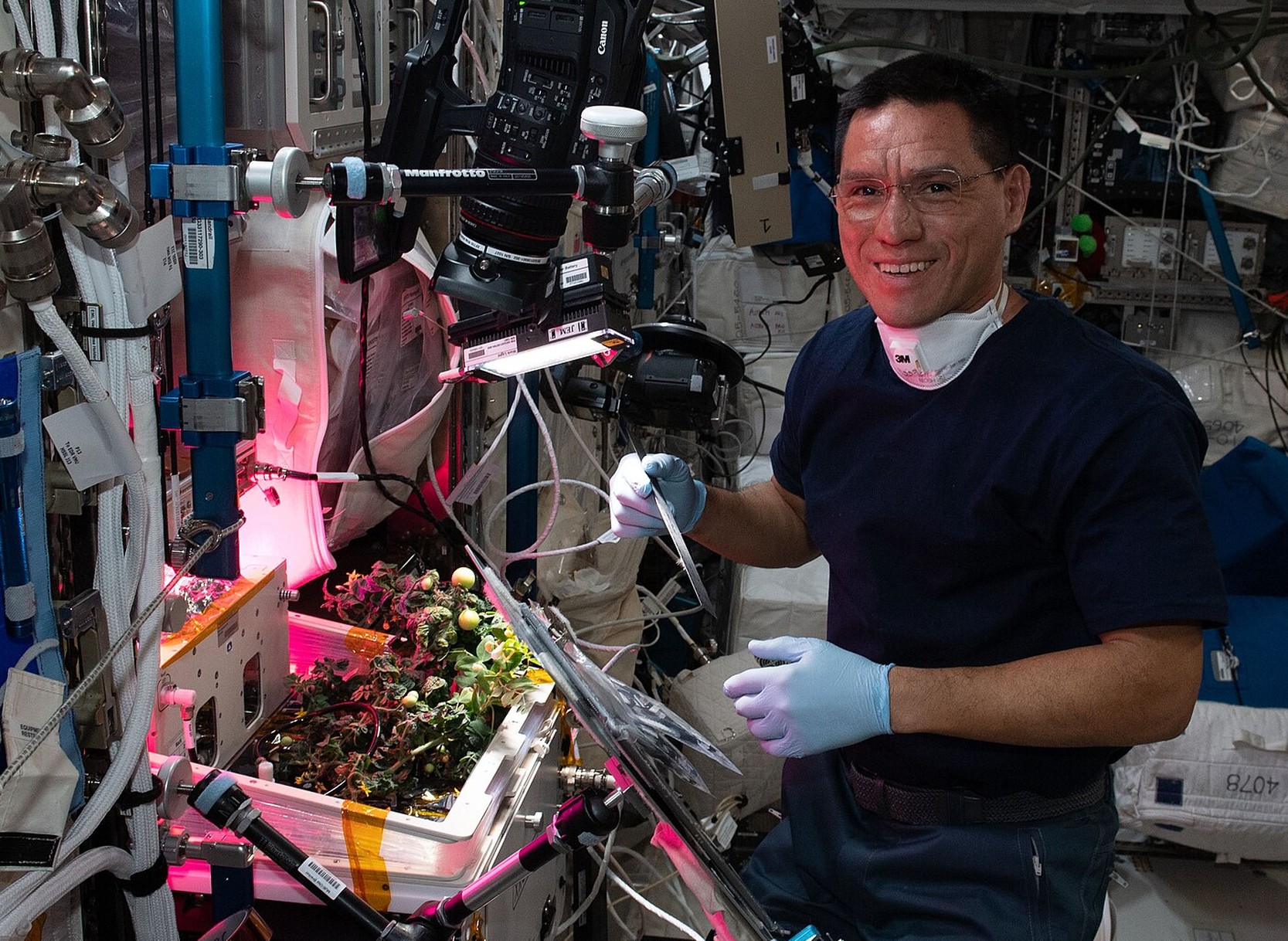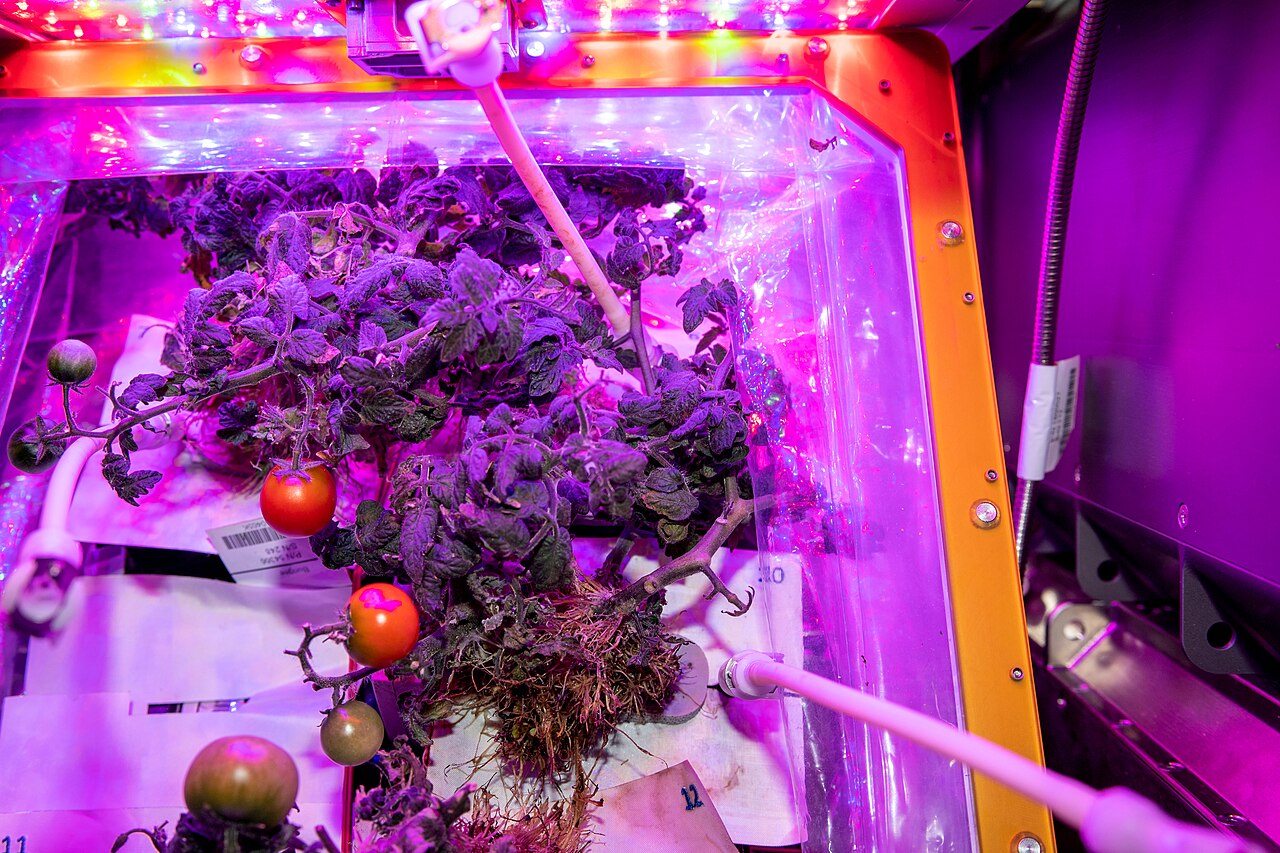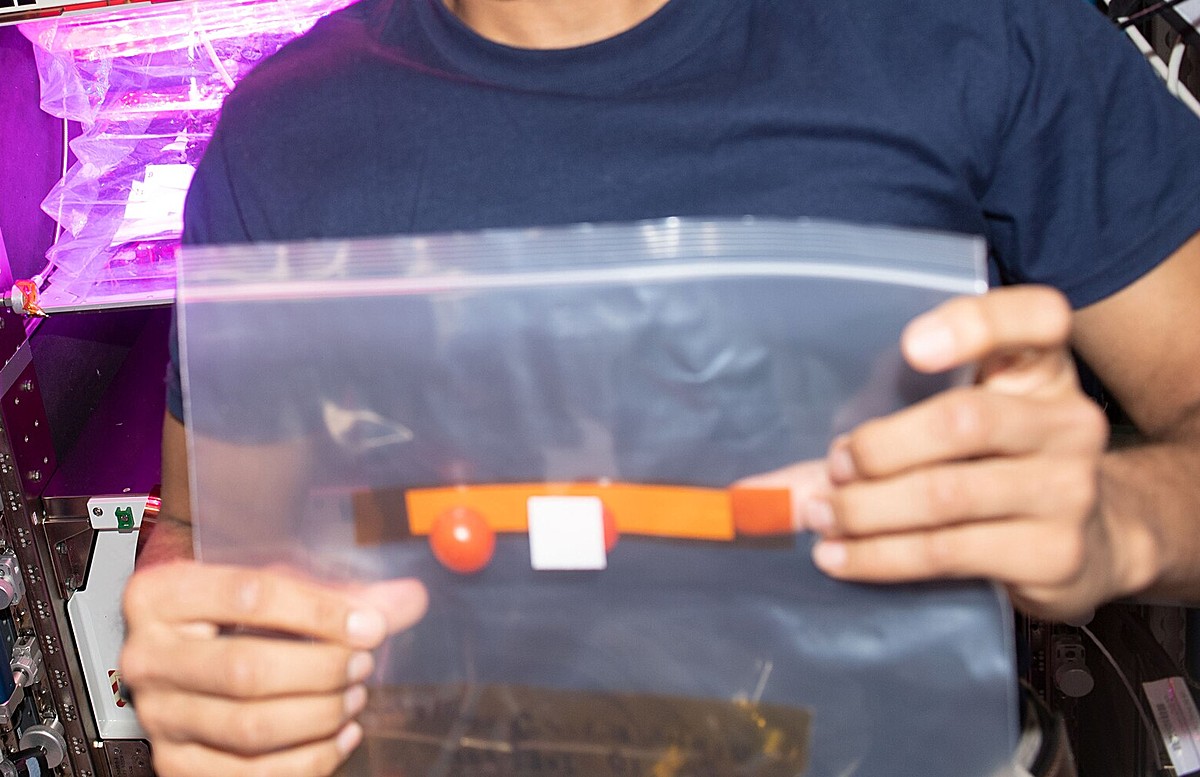In September, NASA astronaut Frank Rubio returned from spending over a year in space. His record and his efforts were celebrated. But questions remained about a tomato that had gone missing while he was in space. Now, the mystery tomato has been found.
Mr. Rubio set a record by spending 371 days on the International Space Station (ISS). He had expected to spend about six months in space. But he wound up spending more than twice that time after the spacecraft that brought him to the ISS was damaged.
In his time on the ISS, Mr. Rubio, along with other astronauts, worked on dozens of experiments.

One of these experiments involved trying to grow tomatoes in space. Not only were the plants growing in space, but they were being grown with only air and water – and no soil. One goal of the experiment was to learn how to grow fruits and vegetables to help feed astronauts on long trips through space.
Mr. Rubio told NASA he loved “working with that little plant and seeing it grow and develop.” When the plant finally produced tomatoes, all of the astronauts on board the ISS got to sample them. Except Mr. Rubio. He had lost his tomato.
Mr. Rubio had put the tomato in a plastic bag, and had brought it out to show to some students who were on a video call. Mr. Rubio believed that he had used Velcro to attach the bag to part of the ISS. But when he came back afterward, he found that the bag was gone.

(Source: NASA [Public domain], via Wikimedia Commons.)
Because there is so little gravity on the ISS, things that are not attached can simply float away. Mr. Rubio always believed that was what had happened to the tomato. The ISS is a small place for lots of astronauts to live, but it has many, many places where little things can get lost.
But the other members of the ISS crew enjoyed teasing Mr. Rubio about the missing tomato. They claimed that he ate it, but just didn’t want to admit it. It became a joke among the astronauts.
Mr. Rubio says he spent many hours looking for the tomato. “I wanted to find it mostly so I could prove, like, ‘I did not eat the tomato,'” he said. But his search came up empty. He believed that the tomato had dried out, and someone else had found it and thrown it away.

(Source: NASA Johnson Space Center [Public domain], via Wikimedia Commons.)
But the joking about the tomato continued even after Mr. Rubio returned to Earth. Reporters asked him about it. One of NASA’s leader’s even jokingly asked Mr. Rubio if he’d eaten the tomato. “I wish I had at this point,” he replied, “Because I think everybody thinks I did.”
Last week, the mystery was solved in a video call with NASA astronaut Jasmin Moghbeli. She said she could now clear Mr. Rubio’s name. “We found the tomato,” she announced.
NASA has not said where the crew found the tomato or what it looked like when it was finally discovered.
Did You Know…?
Working in low-gravity situations is extremely challenging. Just last month Ms. Moghbeli and another astronaut lost a tool bag while doing repairs outside the ISS. The tool bag floated away. In time, it will burn up as it falls back to Earth.
